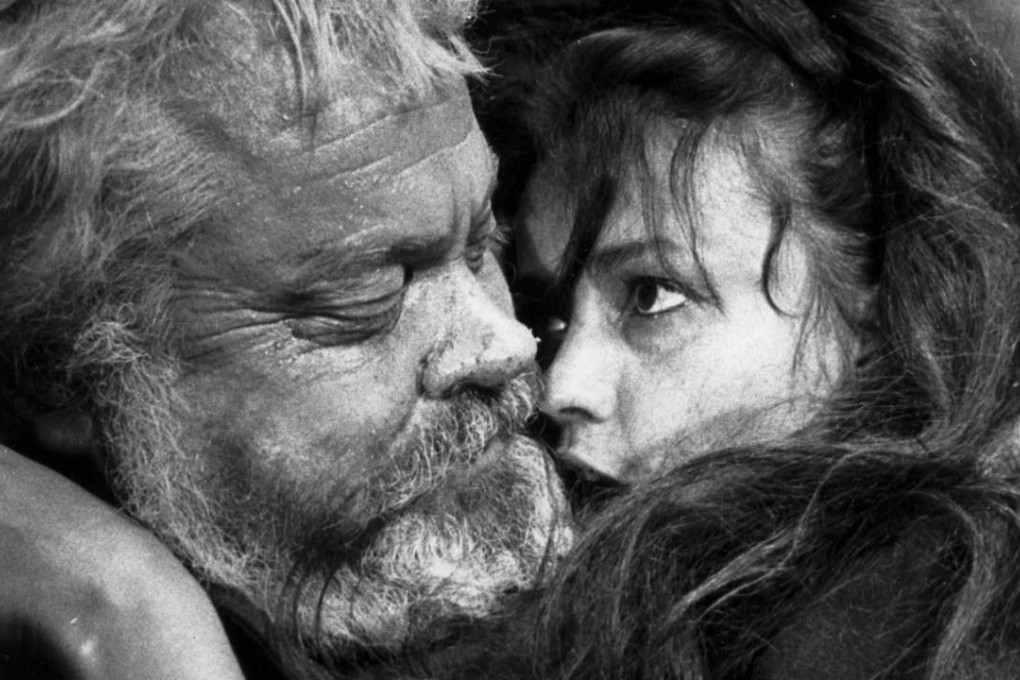Advertisement
Book review: Simon Callow explores Orson Welles’ audacious middle years
In the third volume of his biography of the giant of theatre, radio and film, actor Callow covers Welles’ independent years from 1948 to 1965, in many ways his most interesting and frustrating
Reading Time:3 minutes
Why you can trust SCMP


by Simon Callow
Viking
Advertisement
4/5 stars
Most of what’s written about Orson Welles centres on his boy-genius period.
Advertisement
You know: the man with the cherubic face and wicked grin who, by the age of 26, rewrote the rules on Broadway, destroyed the world before our very ears (the War of the Worlds broadcast) and made what some consider the best American film of all time (Citizen Ka ne).
Advertisement
Select Voice
Choose your listening speed
Get through articles 2x faster
1.25x
250 WPM
Slow
Average
Fast
1.25x